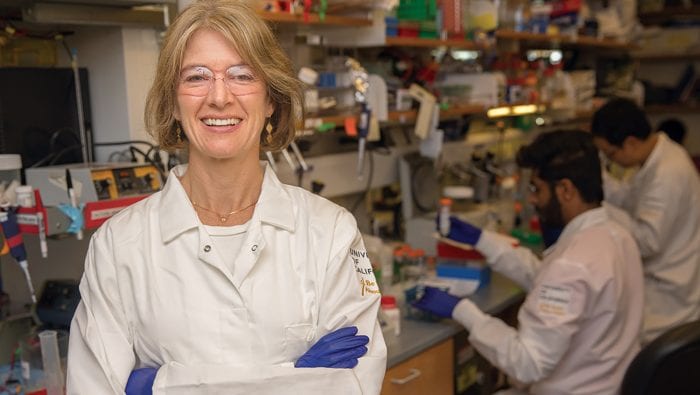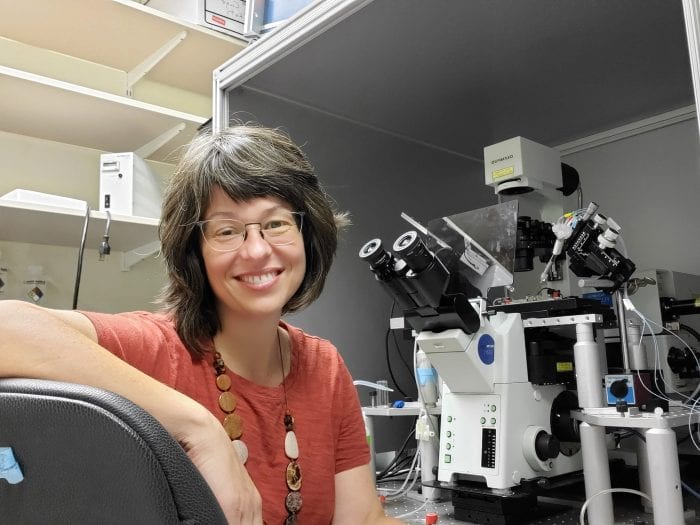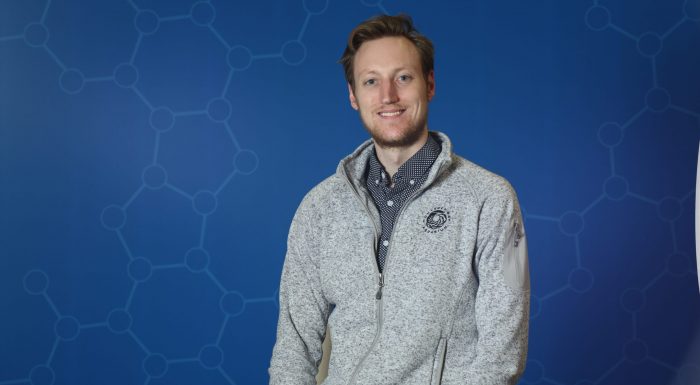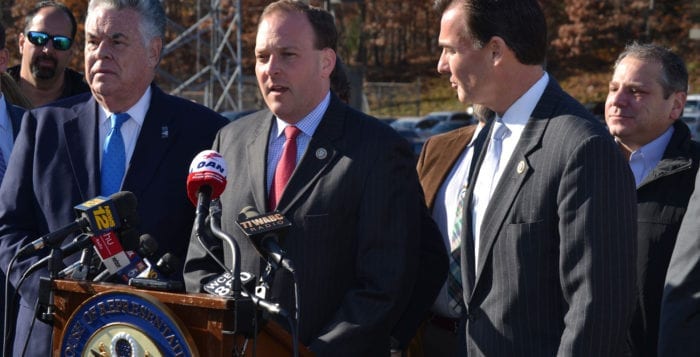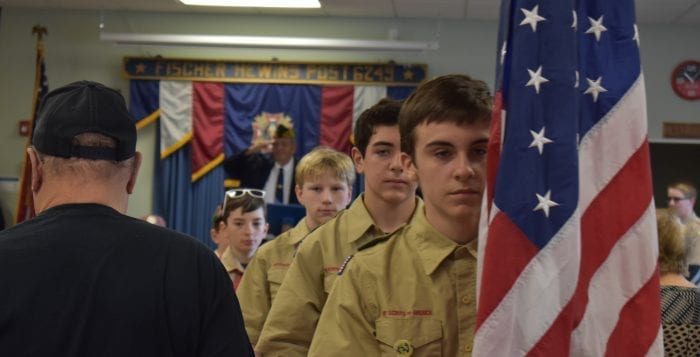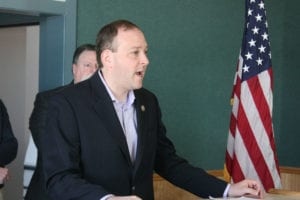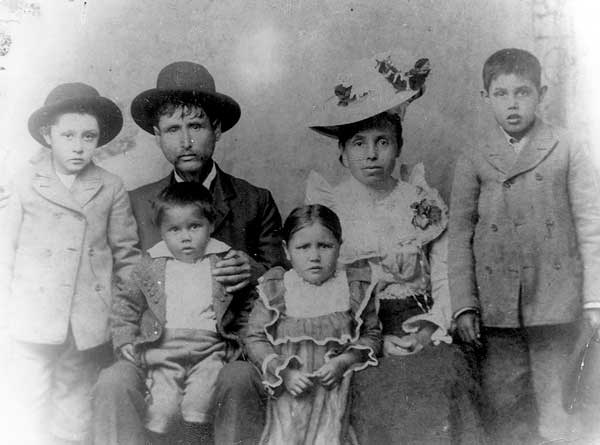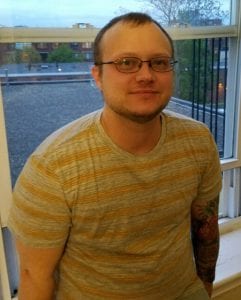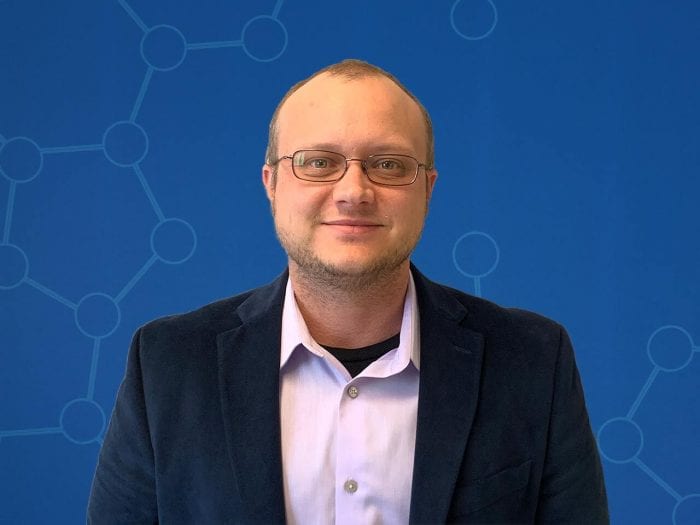By Daniel Dunaief

Three years and a different world ago, I attended a scientific conference at Cold Spring Harbor Laboratory on a gene editing technique called CRISPR, or more technically CRISPR-cas9.
I rubbed elbows with some of the many talented scientists at an internationally renowned institution. In a casual atmosphere filled with high-powered talks from people who speak the language of science with accents from all over the world, the grounds at CSHL, with its winding roads and personalized parking spaces, offers a tree-lined backdrop for new collaborations and discoveries.
Back then, I invited one of the conference organizers, Jennifer Doudna (pronounced Dowd nuh), who is a Professor of Chemistry and Molecular and Cell Biology at the University of California, to lunch.
After a talk she gave to a packed Grace Auditorium, she and I strolled to the cafeteria to discuss a gene editing tool that has the potential to change the world.
Indeed, even today, labs around the world are using a technique based on the way bacteria recognize and fight off viruses to combat the effect of SARS-CoV-2, or the virus that causes COVID-19.
During that sunny July day in 2017, however, we were blissfully unaware of the challenges to come in 2020. We sat down at a central table outside, with people passing, nodding and acknowledging my tall and talented lunch guest.
While she responded to an appreciative crowd of casually dressed researchers, she was present and focused on the many questions I’d prepared for an upcoming Power of 3 column (see page B9 for another look at that column).
Like many revolutionary technologies and inventions such as splitting the atom, CRISPR is neither all good nor all bad. Editing genes creates opportunities to cure or prevent diseases and to disarm a range of miniature invaders.
At the same time, gene editing puts the power of Mary Shelley’s Frankenstein into the hands of scientists or doctors, offering the kind of tool that requires careful ethical considerations.
Indeed, just last year, a Chinese court sentenced a researcher to three years in prison for using gene editing in unborn babies.
Doudna, who moved to Hawaii when she was seven and is a passionate gardener, is in the third year of a four-year $65 million grant from the Defense Advanced Research Projects Agency, which monitors security concerns for the intentional or accidental misuse of the technology.
Eating with Doudna on a breezy, bright summer day, I appreciated how ready she was to tailor the conversation to my level of understanding of this technology, offering details about gene editing and making sure I understood her.
While she was impressive and articulate, she certainly didn’t seem as if she were speaking to me from on high. She shared a deliberate and directed intelligence, blending a combination of an explanation of what she’d done and thoughts on the next scientific steps.
Doudna, who lives with her husband Jamie Cate, who is also a Berkeley scientist, and their high school senior son Andrew, shared an appreciation for the history of Cold Spring Harbor Laboratory, where she’d visited at different points in her career.
Back in 1987, she spotted a woman walking towards her. Nobel prize winner Barbara McClintock, whose name still comes up regularly in conversations with scientists at the site, strolled by, giving Doudna a thrill.
The next time someone spots or interacts with the Berkeley Professor at CSHL, they will likely feel the same excitement, as Doudna was recently named a recipient of the Nobel Prize.
Then again, it was clear from the way the attendees at the conference reacted to Doudna three years ago that, Nobel prize or not, she was already a rock star in the scientific community whose foundational work may, one day, lead to the kind of breakthroughs that extend and improve life.

